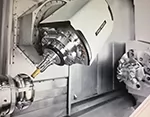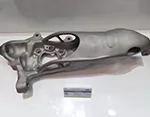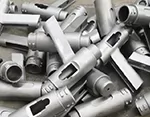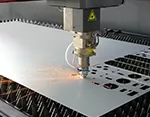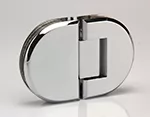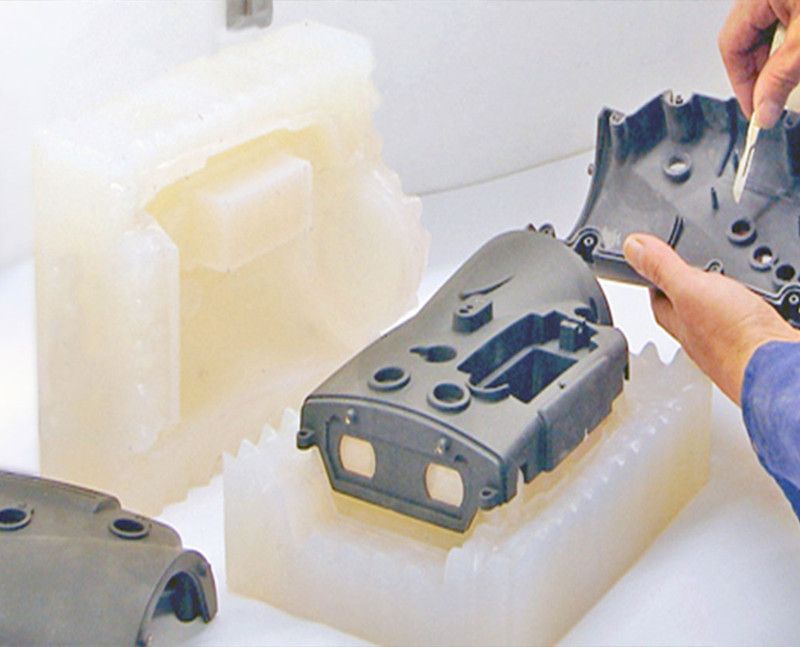-
Service
+
- CNC Precision Machining Service +
- Multi-Axis Simultaneous Machining Service +
- CNC Turning Service +
- Metal 3D Printing Service +
- Rapid Prototyping Service +
- Die Casting Service +
- Sheet Metal Fabrication Service +
-
Finish Serivces
+
- Polishing
- Grinding
- Brushed Finish
- Sand blasting
- Painting
- Powder Painting
- Anodizing
- Hard anodizing Service
- Passivation
- Zinc Plating
- Nickel Plating
- Chrome Plating
- Blackening
- Black Zinc Plating
- Teflon Coating
- Titanium Coating
- DLC Coating
- Laser Marking
- Silk Screen Printing
- Transfer Printing
- Micro Arc Oxidation
- Industries +
- About Us +
- Resource +
- Contact Us
- Quote

-
Service
-
>
-
>
-
>
-
>
-
>
-
>
-
>
-
>
-
- Industries
- About Us
- Resource
- Contact Us
| Name | Applicable Material | Colors | Thickness | Roughness |
| Passivation | Steel, Stainless Steel, Brass | / | 10μm | / |
Passivation
Passivation is the process which make the surface of metal inactive through oxidizing metals by strong oxidants or electrochemical methods.
This method make the metal surface difficult to be oxidized, and delay the corrosion rate of the metal.
Usually, the passivation finish is applied to iron and stainless steel parts.
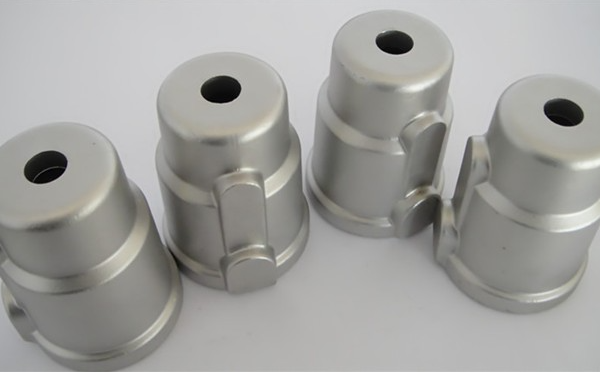
Passivated
Passivation Film
If the corrosion product, which generated by the metal due to the action of the medium , has a dense structure, it will form a thin film (often invisible), and will cover the surface of the metal tightly, which will change the surface state of the metal and makes the metal electrode potential jumps to the positive direction greatly, and become a passive state for corrosion resistance. For example, when Fe→Fe2+, the standard potential is -0.44V, and it jumps to +0.5~1V after passivation, and it shows corrosion-resistant precious metal performance. This film is called passivation film.
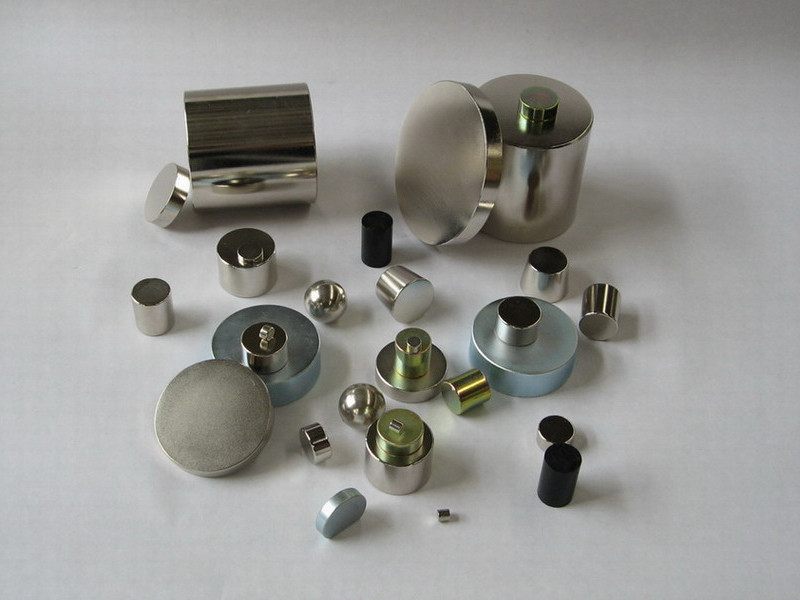
Parts with Passivation
Why do stainless steel parts need to be acid pickled and passivated?
The stainless steel workpiece will form an oxide film when placed in the air, but the protection of this film is not perfect. Usually, the parts need cleaned thoroughly, which including alkaline cleaning and acid cleaning. Then passivating with an oxidizing agent, in order to ensure the integrity and stability of the passivation film.
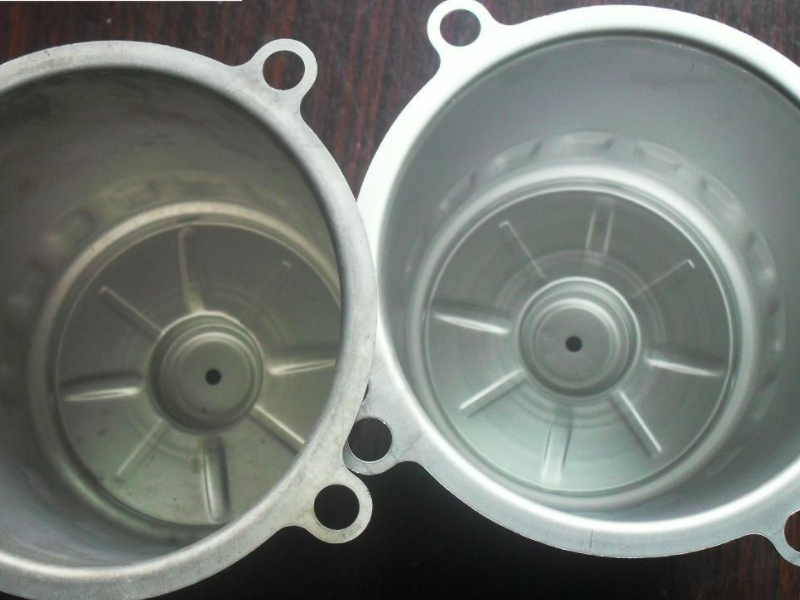
Passivation Before and After
One of the purposes of pickling is to create conditions for passivation finish, and ensure the formation of a high-quality passivation film.
Because an average of 10μm thick surface will be corroded after the stainless steel acid pickled.
The chemical activity of the acid makes the dissolution rate of the defect site higher than that of other sites on the surface. Therefore, pickling can make the entire surface tend to be evenly balanced. Some hidden dangers that were easy to cause corrosion have been removed. What's more, when doing the pickling passivation, iron and iron oxides are dissolved preferentially than chromium and chromium oxides. The chromium-depleted layer is removed, which will cause chromium to be enriched on the surface of the stainless steel. The potential of this chromium-rich passivation film can reach +1.0V (SCE), which is close to the potential of precious metals, which improves the stability of corrosion resistance. Different passivation treatments will also affect the composition and structure of the film, thereby affecting the rust resistance. For example, the passivation film can have a multilayer structure through electrochemical modification treatment. The formation of CrO3 or Cr2O3 on the barrier layer, or the formation of a glassy oxide film, enables the stainless steel to exert maximum corrosion resistance.

